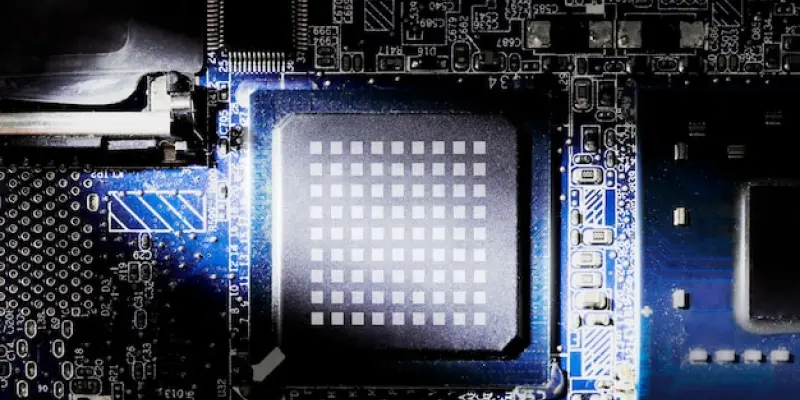The advancements in Nvidia’s technology, particularly with the release of RTX 50-series graphics cards, present an interesting intersection with older Intel CPUs, notably the Core 2 series. Recent updates in GeForce drivers have made it possible for these vintage processors to interact with the cutting-edge RTX 50 graphics units. This milestone was achieved by removing the requirement of the POPCNT instruction set typically used in Nvidia’s drivers. POPCNT previously played a crucial role by managing operations related to bit calculations in binary value settings. As a result, retro computing enthusiasts can explore the compatibility of systems exceeding 15 years old when paired with modern GPUs. The captivating modification in the driver has resonated within tech communities, challenging assumptions about hardware obsolescence and sparking discussions about potential applications and barriers.
Yet, the marriage of these technological timelines is not without its detriments. Despite the initial breakthrough in combining legacy CPUs with advanced graphics cards, significant hurdles remain, primarily when trying to utilize them for modern gaming tasks. Enthusiast Bob Pony’s hands-on experiment with the Intel Core 2 Quad Q9450 and RTX 5060 Ti revealed that, while such combinations could boot into Windows 11, they falter drastically in the realm of modern, ray-traced games. Performance issues arise primarily from missing critical instruction sets in older CPUs, resulting in software errors and operational failures in high-demand titles like Quake II RTX. Thus, while Nvidia’s driver update has facilitated an initial connection between old CPUs and new graphics capabilities, it has not remedied all the necessities required for optimal gaming performance on such setups.
Understanding Legacy and Modern Hardware Compatibility
Nvidia’s technological leap with the release of RTX 50-series graphics cards has ignited interest among enthusiasts, especially in the realm of older Intel CPUs like the Core 2 series. Recent updates to GeForce drivers now permit these aging processors to function with the state-of-the-art RTX 50 GPUs by eliminating the necessity for the POPCNT instruction set, pivotal for managing bit calculations in binary values. This innovation enables retro computing fans to test the compatibility of systems over 15 years old with the latest graphics hardware.
This significant development has sparked debate in tech circles about hardware longevity, potential uses, and existing restrictions. However, marrying these disparate technology generations isn’t without challenges. Despite the breakthrough, using such combinations for contemporary gaming reveals major issues. Enthusiast Bob Pony’s trial with a Core 2 Quad Q9450 and an RTX 5060 Ti showed successful booting into Windows 11 but severe struggles with ray-traced games. Performance problems stem from missing critical instruction sets, causing errors in high-demand games like Quake II RTX. Thus, Nvidia’s update bridges connections yet doesn’t solve all gaming performance needs with outdated CPUs.

